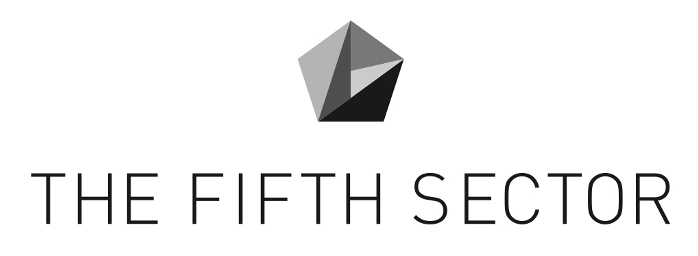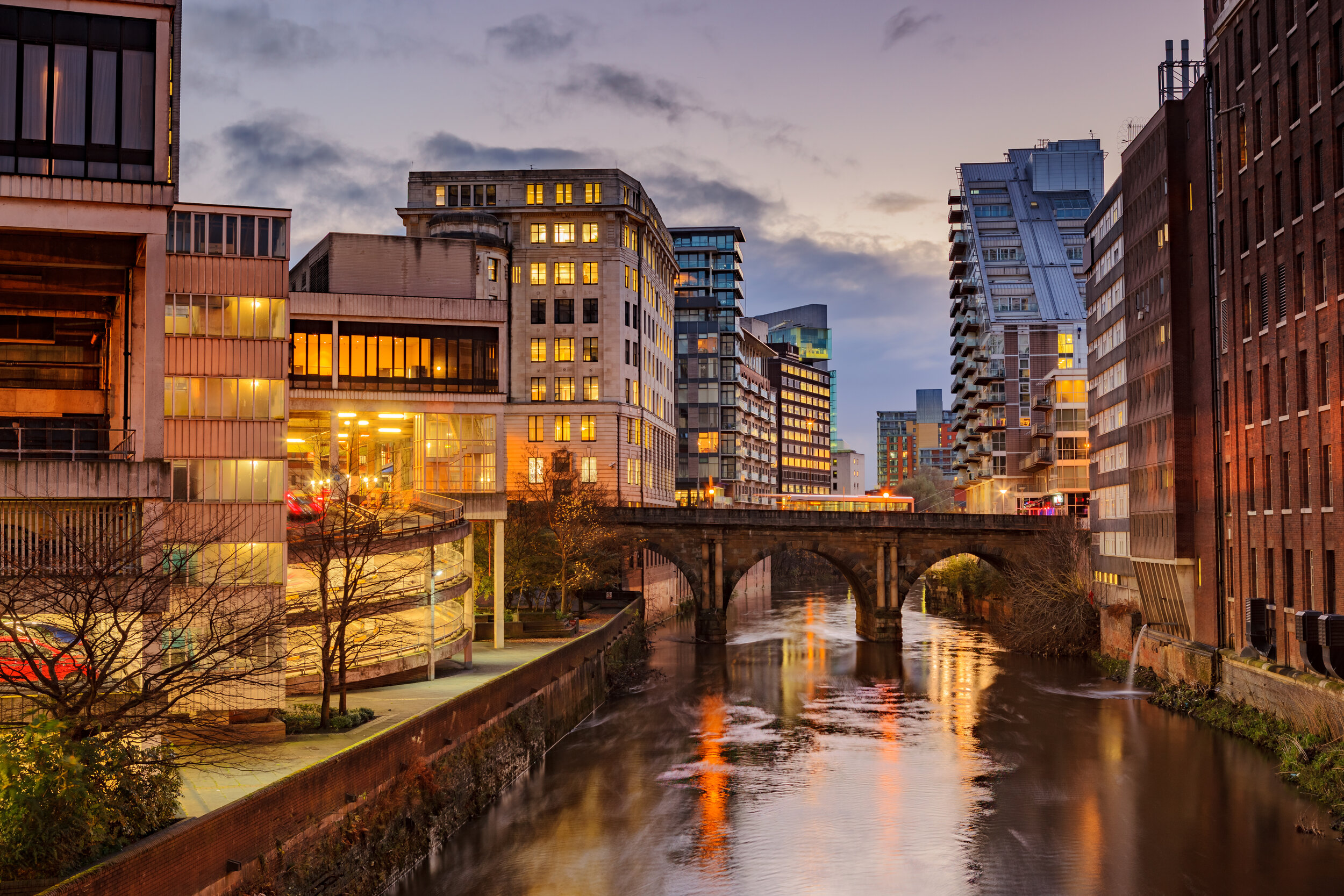These Things Take Time….
… and 2.5 lockdowns.
I first met Iain in the heady days of the explosion of the creative industries in the mid-2000s. I was Director for Creative, Culture and Digital for Business Link West Midlands, running a programme to develop the growth and leadership of the sectors; he was Sector Leader for Digital & Creative Industries at Northwest Regional Development Agency (NWDA), leading on MediaCityUK amongst other projects.
Lara Ratnaraja © Sassy at Assassynation https://assassynation.co.uk/sassy/?fs=e&s=cl
I was asked by the Department for Business and the Department for Culture, Media & Sport to chair a group of creative business support agencies nationally and Iain came on board to evaluate the process. We bonded over a love of Liverpool (the city), The Smiths and various other late-Eighties cultural icons.
Our paths continued to cross over the years, especially when the RDAs and Business Links were closed. We made half-hearted attempts to work together but, looking back with a lot of hindsight, I don’t think the societal and political stars had yet aligned.
Fast forward to February 2021 and Iain rang me about potentially working together on the development of a new Manchester Cultural Consortium. “Why not?” I thought; I love Manchester and this looks interesting.
“Oh Manchester…so much to answer for”
Fast forward 18 months, zig zagging through lockdowns and emerging into a brave new world, we have now collaborated on cultural strategies, new forms of cultural organisation and creative sector investment plans in towns and cities including Darlington, Hartlepool, Middlesbrough, Stockton-on-Tees, Redcar & Cleveland, Barnsley, Doncaster, Rotherham, Sheffield, Derby, Liverpool, Manchester, Wakefield, Aldershot and Farnborough, with other projects in the pipeline which expand our work further across the country.
It’s been quite the ride, bringing on board other associates including Lynne McCadden, Mandy Fowler, Mark Adamson , Hannah Barker, Sue Potts, Patrick Towell and the incomparable Charles Freeman amongst others.
But this isn’t a traditional consultancy model. It’s one shaped by the pandemic, by lockdown, by the issues raised by the murder of George Floyd and the protests that followed worldwide. It’s disruptive, fluid, and responsive.
What do we have in common? It turns out, more than we thought. A commitment to effecting and enabling change, to inclusion and diversity, to placemaking and equity and levelling up (pun intended) skills and leadership across the cultural sector.
Together, we have been able to put the people back into placemaking, developing cultural strategies or frameworks that centre marginalised voices, that look at audiences who have created their own culture, that ask, “Where are the diverse producers?”
It’s a participatory model using inclusive consultation tools; and one that views all the work through a lens of diversity.
This makes for wonderful email chains, Zooms and discussions, from, “What would skills look like if we were to explode the myth of linear formal education progression?” to, “How do we ensure that ‘communities’ are not ‘othered’ or in the fringes but positioned front and centre of our plans?”
As The Smiths sang:
But you know where you came from
You know where you're going
And you know where you belong
Of course, this work can’t happen without forward-thinking clients who want us to interrogate what their future creative and cultural economies look like. Combined Authorities in South Yorkshire and Tees Valley and local administrations in Derby, Manchester, Rushmoor, Wakefield and now Somerset have had the vision and courage to scrutinise the masterplans for their towns and cities and to ask how their cultural strategies can become truly inclusive.
Derby Cathedral
The outcomes reflect the journeys of the places we work in. There is a lot of thought given to who is this for and why; and a lot of laying aside our own biases. Working with such a team brings a plurality of voices which reflect the towns and cities we work in.
The model is centred on inclusivity but based on a rigorous analysis of economic and workforce data, using a range of sources to mitigate bias in the evidence base. This analysis is influenced by social, economic, cultural, and societal shifts, taking into account a range of historical, socio-economic and demographic factors to result in a more nuanced discourse on place, cultural ecology, and people. And it’s characterised by thoughtfulness, reflectiveness and care: new considerations that didn’t exist in public discourse when we first met 15 years ago.
It’s wonderful to see people in the places we work embrace the findings we uncover and really work with us to mobilise our recommendations. To see our work manifest itself in action, in changes, in equitable participation is a wondrous thing.
I think we all hope that our placemaking work means that everyone in those towns and cities can see themselves and their heritage represented, their voices heard, and their visons realised. If we are to truly embrace levelling up in a way that ensures cities and towns are to benefit everyone, not just economically, but culturally and societally, equitably and in their health and wellbeing, then I feel privileged to be able to participate in that thinking and process.
As The Smiths sang:
But you know where you came from
You know where you're going
And you know where you belong
Manchester Piccadilly station




